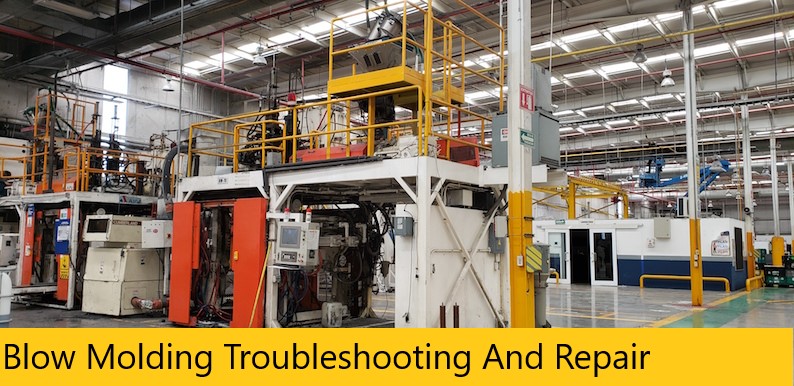Blow Molding Troubleshooting And Repair
Blow Molding Troubleshooting And Repair – Maverick Systems offers emergency repair services, available twenty-four hours a day, seven days a week. Our field service engineers have extensive expertise in the repair and maintenance of your blow molding equipment. Our technicians have years of experience trouble-shooting and repairing all aspects of your blow molding operation, including filling, capping and auxiliary equipment used in your process.
comparison of optical systems and alignment lasers
The major players in the extruder alignment field today are optical systems and laser systems. The alignment of extruders has historically been dominated by optical systems. The technology goes back centuries, and while it can be useful, lasers, which are more accurate and user friendly are very quickly overtaking it. While the field has been dominated by optical systems, the drawbacks to the successful use of these products are illustrated in the following excerpts from THE HANDBOOK OF INTELLIGENT SENSORS FOR INDUSTRIAL AUTOMATION
The so-called standard for alignment has, in the past, been an optical system. For many years, optical tooling has been employed in the aerospace industry. To some extent, this same technology and the older technologies of older levels and straight edges have been used to align and make flat various types of machines. Optical systems fundamentally consist of a telescope. Inside the scope, at the focus of the eyepiece, is a cross hair that is projected into space, enabling the operator looking through at a target to note the position of the target relative to the cross hair. Frequently included with the instrument is a device called an optical micrometer, which causes the image to be displaced parallel to itself. In use, the operator rotates the micrometer to bring the center of the target onto the cross hair and reads the elevation of the change from the drum of the optical micrometer.
Read More : Mavericksystemscorp.com

Optical devices include: engineering levels, tooling telescopes, theodolites, autocollimators, and other such devices. In all cases, the human eye is an essential part of the measurement system.
The human eye has a resolution capability of about 60 arc-seconds. This resolution is for a young, healthy eye looking at a target with 100-percent contrast under high light conditions. Age, poor sight, lower light levels, or lower levels of contrast will adversely affect this number and can double or triple it. The significance of the number is this: If you are looking through a 60-power telescope, the human eye will have a resolution of 1 arc-second or the equivalent of .006 inches in 100 feet. Typically, alignment telescopes, theodolites, and autocollimators use powers up to 40. This means that the typical optical instrument will have a resolution of about 1.5 arc-seconds under ideal conditions. This is equivalent to .009 inches at 100 feet. With lower contrast, poor light conditions, or imperfect eyesight, this number could easily reach .018 to .020 inches in 100 feet. In addition, there is a national specification requiring optical tooling telescopes and similar instruments to have a deviation of the cross hair, or a lateral shift of the cross hair of no more than .003 inches from close focus to infinity. The setup of optical systems requires a buck-in between the near and far targets to create a straight line. If all of these errors are added together, it is not possible to use an optical system to an accuracy of much better than .010 inches in 100 feet.
Contrast this with a laser system that may be used to an accuracy of .001 inches in 100 feet or proportionately smaller in shorter distances, and it is possible to begin to understand the significant improvement in accuracy provided by a laser alignment system.
Optics/Laser Comparison Test
Some years ago, the following test was performed with a major aircraft manufacturer. A target was placed 100 feet away and a direct comparison was made between an alignment laser and an optics telescope. In each case, the target was displaced and repositioned at the operator’s direction until the target was perfectly centered. The micrometer readings on the X – Y positioning stage were then read and recorded, and the operation was repeated. The same was done for both the optics telescope with a single operator and for the laser system. The tests were repeated for a number of operators.
The average error for the optics telescope was .010 inch, which coincides with the theory above. More importantly however, the difference between the average of one operator to another was as much as .040 inch, thus revealing the significant differences that can occur between human eyes.
By contrast, the alignment laser in the same circumstances had an average error of .001 inch, and the difference between the averages of the four operators was less than .0005 inch. This dramatically illustrates why laser alignment systems are so much more accurate than optical systems.
That’s the long story about optical vs. laser alignment. The short story is that optical alignment simply falls short in today’s world of high precision, tight tolerances, and ISO type demands.